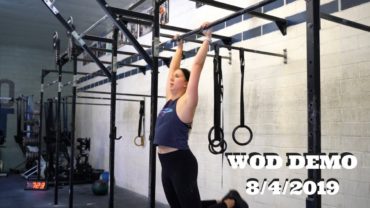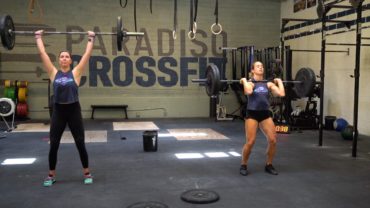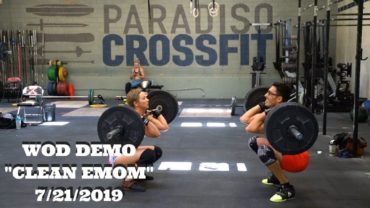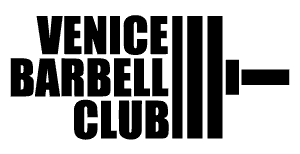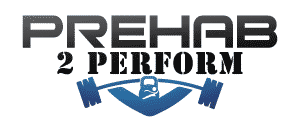What type are you?
Wednesday, November 28, 2012
Classic and Advanced same for all!!
Warm Up:
Jog 100 meters (Forward)
Jog 100 meters (Backwards)
10 ‘T’ push-ups w/Foot Claps
Posterior Chain Flossing w/Band
Hip Extension w/Band
T-Spine mash w/Foam Roller
Strength:
3 Rounds with 45 seconds rest between movements of:
5 Jumping Good Mornings, moderately heavy but perfect
5 Pendlay Rows, heavy but perfect
5 Barbell Seated Strict Press, heavy as possible – ok to fail!
Notes: Ideally each athlete will have one barbell and will use the rest time to change the weight as needed for each movement. The Jumping Good Mornings are a new exercise: stay in the heels for as long as possible before jumping. This trains the feeling of pulling an olympic lift off the floor! Perform regular good mornings if uncomfortable with this movement. Feel free to use DBs for the Press.
Conditioning:
Make sure legs are warm before performing these sprints!!
For total time
7×200 Meter Sprint
*rest is 1:1
Cool Down:
5-10 mins Foam Rolling these areas:
Calves
Hamstrings
Quadriceps
All praise to Track Master Frank
I recently had a conversation with one of our members about creating speed under the bar with skills such as the snatch and clean & jerk. I told this member he needs to teach his muscles to move faster. The idea being, to develop a greater percentage of fast-twitch muscles in your body. As many of you know, there are two types of muscle fibers in you body; Type 1 (slow twitch) and Type 2 (fast twitch). A great majority of the work we do in CrossFit is reliant upon these fast twitch muscles. Every human has a genetically determined amount of slow and fast twitch fibers and many believe this theory determines what sports and activities you will excel at and also how you will respond to training. The good news is you can change the percentage of fast/slow twitch muscle fibers by the way you train.
Slow twitch muscles are more efficient at using oxygen to generate more fuel for continuous, extended muscle contractions that last for a very long time (20 min to hours). Athletes with a greater percentage of slow twitch muscles are great at marathons, triathlons, and cycling.
Fast twitch muscles are better at generating short bursts of strength or speed and are great for sprinting and olympic lifting. The downside is that they fatigue much quicker than slow twitch. There is also another type of fast twitch muscle that is a hybrid between slow and fast. This hybrid is ideal for CrossFit and, in my opinion, is why CrossFit is so great; over time your body will be able to use both muscle fibers interchangeably which makes you one bad ass athlete that can do anything and everything.
Continue to CrossFit and continue to work on things that challenge you inside and outside the box. One of the biggest challenges I had when I first started CrossFit was the muscle up. I was strong enough to perform a pull-up and a ring dip but for some reason I could not complete one muscle up. Finally, I had a conversation with one of my coaches about my frustrations with the muscle up and he told me exactly what I am telling you guys today. Teach your muscles to move faster. He showed me a muscle up progression that I have showed many of you before and I spent 30 mins, with little to no resistance, practicing my transition from pull-up to bottom of the dip. Before I left for the evening, I went to the high rings and attempted my first muscle up. It is still one of my favorite moments I have had as a CrossFit athlete.
The purpose behind this post is to remind you that sometimes you need to take a step backwards before you can move forward with your skill work. If you want to get that first muscle up, spend time working on your transition from pull-up to dip. If you want to be faster under the bar with your snatch, spend time with a PVC pipe working on speed. Adding weight is obviously a great way to get stronger but you will never get faster if you do not train your muscles to move faster.






